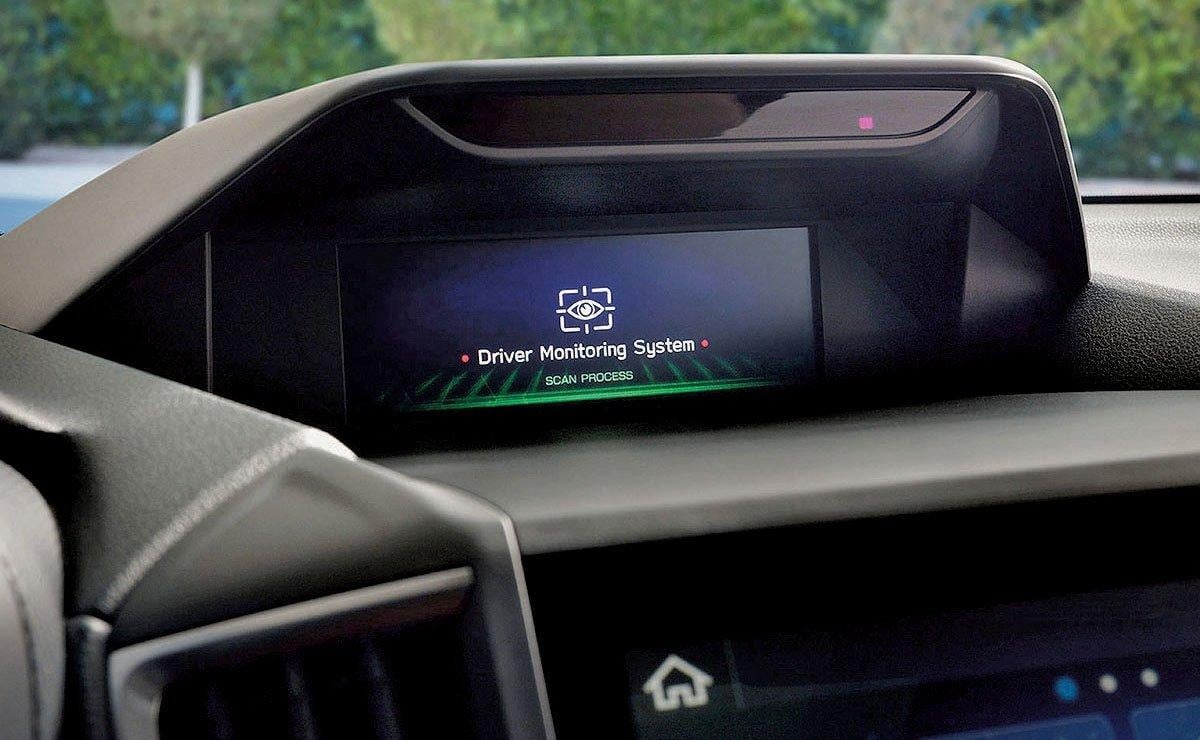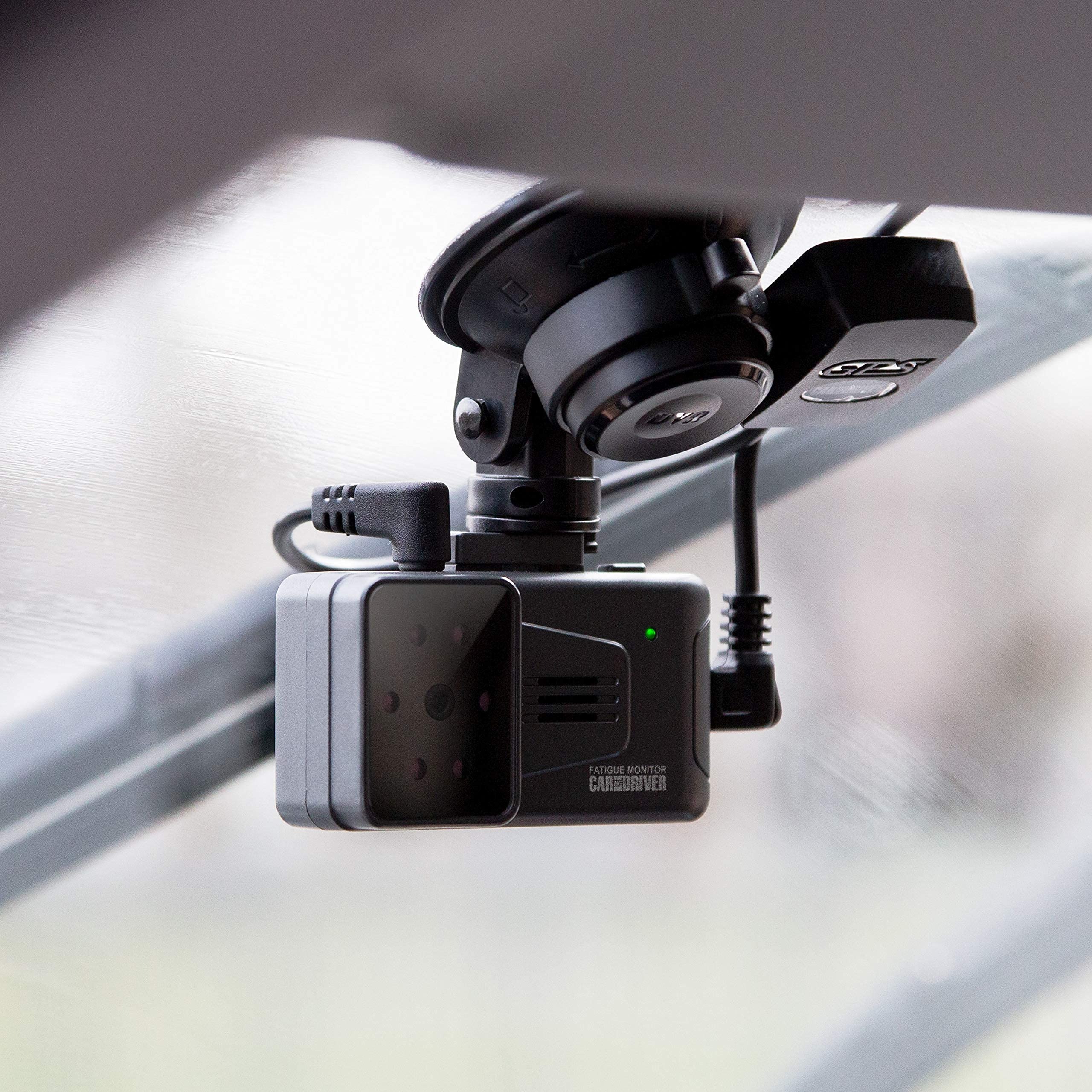Drivers are expected to encounter an increasing presence of cameras focused on monitoring their face and eyes while behind the wheel.
This development seems inevitable due to its documented safety advantages and the growing production of semi-autonomous vehicles that necessitate such features.
While seasoned drivers may not readily embrace this technology, its implementation aims to mitigate the thousands of accidents linked to distraction and fatigue.
Recent statistics from the Department for Transport indicate that in 2017, police identified driver fatigue as a factor in 1,613 accidents, leading to 53 deaths and 1,560 injuries; similarly, driver distraction contributed to 4,573 accidents, resulting in 125 fatalities and 4,448 injuries.
At present, only a limited number of vehicles utilize advanced camera-based driver monitoring systems (DMS) to observe drivers for signs of distraction or drowsiness, alerting them when their attention wanes.

Models like the Cadillac CT6 in the US, Subaru Forester, BMW X5, and Audi A8 are among the few equipped with this technology. However, it is anticipated to become a standard feature in the coming years, akin to how seatbelts and automatic emergency braking (AEB) have become commonplace.
According to Semicast Research, it is projected that by 2023, 25% of passenger cars will include a camera-based DMS as standard equipment, with this figure increasing to 90% by 2028.
Also Read: Top Car-Monitoring Cams with Advanced Features & High Resolution
New EU Regulations Impacting DMS Adoption
As part of the new European Union General Safety Regulation, which is set to be enacted by the end of this year, all new car models will be legally required to include systems that monitor drivers for drowsiness and distraction by spring 2022, with even updated models needing to comply by 2024.
The Euro NCAP organization, known for establishing car safety standards that often exceed regulatory requirements, is advocating for more rigorous driver monitoring protocols.
They are developing testing and assessment standards to be introduced at the start of 2021. Requirements for evaluating driver distraction and fatigue will be incorporated into Euro NCAP’s five-star safety ratings beginning in 2022.
While these new regulations are designed to remain neutral concerning technology, it seems that the only effective solution for meeting these criteria is camera-based DMS.
Matthew Avery, Director of Insurance Research at Thatcham Research, emphasizes the importance of camera technology, stating, “Really what you need is a camera. Indeed, our motto is: ‘The eyes have it.’”
Eye-tracking capabilities enable these cameras to determine where drivers are looking and their level of engagement, even detecting signs of sleepiness.
Remarkably, these systems can function effectively whether the driver is wearing glasses or sunglasses, thanks to the use of infrared light. As vehicles become increasingly automated, allowing for hands-free driving, monitoring the driver’s state becomes more critical.
Future Developments in Camera-Based DMS
Avery warns, “There is more and more risk that drivers will be tempted to do things they’re not supposed to do with Level 2/Level 3 automation systems. For example, some will think the system is doing such a good job that they’ll be tempted to switch off completely.”
With the push for stricter safety standards and the impending surge of semi-autonomous vehicles, more car manufacturers are expected to integrate camera-based DMS into new vehicles, starting with premium models.
Varun Krishna Murthy, Senior Research Analyst at Frost & Sullivan, elaborates on this rollout, stating, “All manufacturers will look at installing camera-based DMS technology in their premium models. Then it will be rolled out more broadly into lower segment cars and vans, based on its acceptance with the driver.”
The 2020 semi-autonomous Mercedes-Benz S-Class will include a camera-based DMS, along with Byton’s electric M-Byte, slated for release in Europe in 2020.
Volvo is also planning to incorporate this technology into its premium lineup, utilizing the next-generation SPA2 platform starting in the early 2020s, likely beginning with the XC90.
Ford and Fiat Chrysler are set to introduce DMS in their premium pickup trucks for the US market, with plans to expand to European models soon.
Interestingly, major Japanese manufacturers have been slower to adopt this technology, despite Toyota having introduced the first such system in a Lexus over a decade ago.
Nevertheless, Toyota is reported to be testing a DMS system developed with Seeing Machines, which also created the systems for the Cadillac CT6 and Mercedes-Benz S-Class. This new system is expected to debut in a Lexus, possibly a crossover derived from the LF-1 concept rumored for release in 2021.
Regarding the potential impact of camera-based DMS on insurance premiums, a representative from the Association of British Insurers (ABI) notes, “The cost of cover in part reflects accident rates and repair costs, so if the rollout of this technology reduces road crashes, then, in a competitive insurance market, this can be reflected in premiums (pricing, including any discounts, is of course a matter for each individual insurer).”
Thatcham Research, which assigns insurance groups for vehicles on behalf of the ABI, evaluates numerous attributes such as repair costs, safety systems, theft rates, purchase prices, and parts availability.

While these classifications serve as guidelines, they are advisory and can be utilized by insurers in conjunction with other information.
“We are currently reviewing the process and it is likely that camera-based DMS will be considered but we have made no decision as yet,” Avery states. “Still, anything that comes up and is in the protocols of Euro NCAP will be included,” he adds.
Neil Ingram, Head of Motor Product Management at Direct Line Insurance, emphasizes the intricate nature of the evaluation process: “Driver Monitoring System (DMS), as with other advancements in technology, is designed to enhance the safety of vehicles and roads; however, there is potential in the short term for repair costs to rise if fitted with expensive sensors.
It is not a simple question of discounting but understanding the capability of the vehicle, including its safety technology, in combination with the driver, in order to accurately reflect the risk presented in premiums and terms offered to a customer.”
On the critical issue of liability in the event of an accident, David Williams, Managing Director of Underwriting & Technical Services at AXA Insurance, clarifies: “Under the Automated and Electric Vehicles Act 2018, which AXA helped inform, in the event of a vehicle being involved in a collision while in autonomous mode, the insurer will be liable in the first instance.
It will then be up to the insurer to seek recovery of costs from the manufacturer or a third party where appropriate.” Without a doubt, camera-based driver monitoring systems (DMS) are poised to usher in a new era for drivers, regardless of their personal feelings about the technology.

